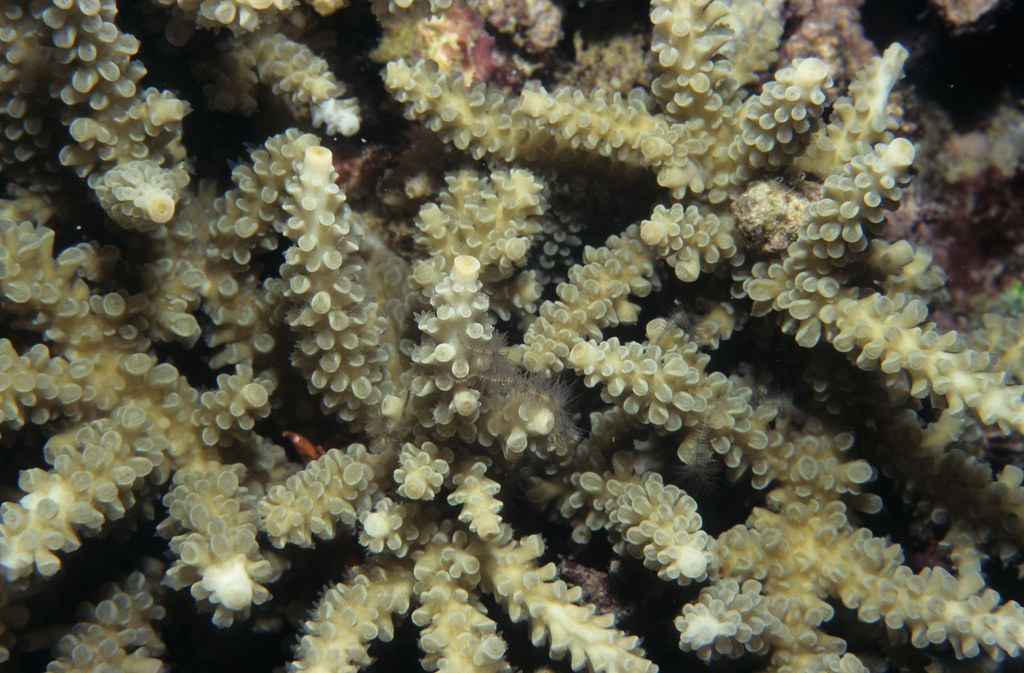
Corals are often mistaken for rocks because of their hardened surfaces. And, since they attach or “take root” to the sea floor, they are often mistaken for plants. But unlike rocks, corals are alive. And unlike plants, corals do not make their own food. Corals are actually animals.
Most of these structures that we call “coral” are made up of hundreds to thousands of tiny coral creatures called polyps. A coral polyp, which is often no thicker than a nickel, has a saclike body and mouth that is encircled by stinging tentacles. Polyps are responsible for a host of ecosystem services, including nourishing corals, and aiding coral survival by generating self-made currents through the motion of their soft bodies.
Inspired by these marine organisms, researchers from the University of Warwick in the UK and Eindhoven University of Technology in the Netherlands have collaborated to develop an artificial aquatic polyp capable of removing contaminants from water. The 1 square centimeter wireless robot polyp can attract, grasp, and release objects, moving under the influence of a magnetic field and whose “tentacles” are triggered by light.
The next step for the researchers is to see if the technology can be successfully scaled up from laboratory to pilot scale. In order for that to happen, the team has to design an array of artificial polyps capable of working harmoniously together.
Corals are an incredibly important part of ocean ecosystems. And while it remains to be seen how much value artificial polyps can achieve in future applications, it serves as another example of scientists emulating nature to create more sustainable designs.
**********
Web Links
Aquatic robots can remove contaminant particles from water
An artificial aquatic polyp that wirelessly attracts, grasps, and releases objects
Photo, posted April 14, 2011, courtesy of Derek Keats via Flickr.
Earth Wise is a production of WAMC Northeast Public Radio.
Leave a Reply